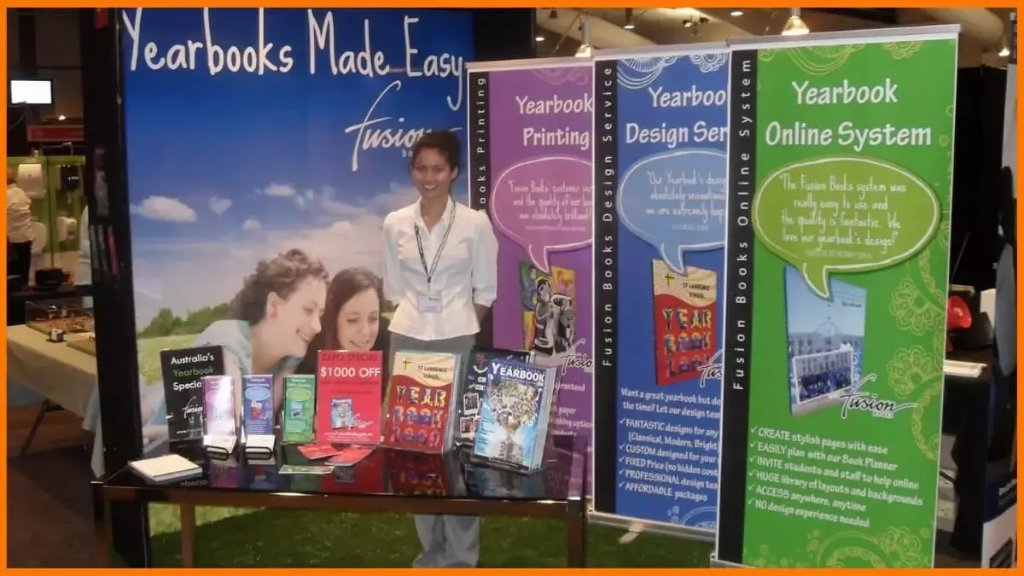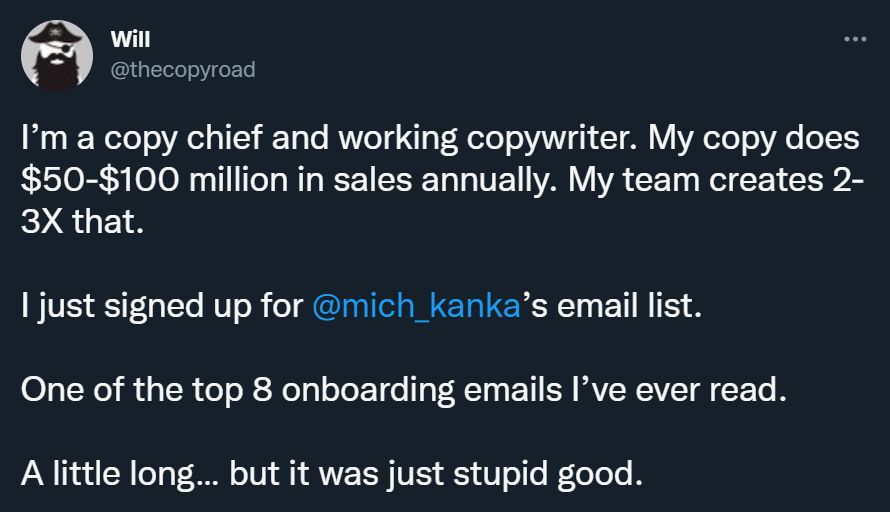How Canva got its first customers?

Fusion Books, which was Canva's predecessor, was Melanie Perkins and Cliff Obrecht's initiative to assist schools in creating yearbooks of better quality for the learners. Perkins made some extra cash during her studies giving other students lessons about design. She realized their need for an easy-to-use graphic design tool because going through the process of making posters and flyers was complicated. Melanie's mother was a teacher who spent much time working on the school yearbooks. It inspired Perkins to build a tool for designing yearbooks.
Since Melanie didn't know a thing about coding, she hired freelancers for the money she'd borrowed from her friends. The professionals prepared a website for her, which let students co-work there and create their own yearbooks. Perkins and Obrecht would then take care of printing them and would send them to schools. Their office was the living room of Melanie's mother.
Obrecht cold-called schools in order to promote the concept of Fusion Books, which was the prologue of Canva user acquisition process. When the schools requested to meet with the project manager, he simply altered his tone of voice. They got to 400 schools starting with the locals. They also supplied schools with their free-of-charge examples of the designs. What's more, to concentrate more on Fusion Books, Perkins left studies.
Perkins visited a lot of events and meet-ups for designers, bloggers, and social media marketers as for Canva promotion. She kept selling the idea for Canva to the audience.
Together with Obrecht, she also got in touch with with visual design influencers. They were asked to contribute to Canva promotion by telling their followers about the tool, and they agreed to do it. That boosted Canva user acquisition.
Perkins attempted to acquire funding and find investors for Canva at the time. Canva and Fusion Books keep functioning as separate softwares even today.
Before Canva ever existed, Perkins and Obrecht managed to create a community around it. They also had a waitlist for their project.
Even before Canva's public launch, 50,000 people had joined their queue. Guy Kawasaki, a tech celebrity, helped increase Canva user acquisition, and the waitlist reached 150,000 pretty fast. The man got interested in Canva because one of his employees was using the software for work.
Get your
"oh sh*t, this might work for us!"
moment in the next 5 minutes
Viral marketing case studies and marketing psychology principles that made hundreds of millions in months or weeks
In the first email:
- a step-by-step strategy that made $0-$30M within 9 weeks with $0 marketing budget (case study)
- cheatsheet (PDF) of 10 biases in marketing used by top 2% companies
Other than that:
- weekly original content that helps you STAND OUT by providing more perceived value with less work

(You won't find it anywhere else)

Explore Cognitive Biases in Marketing